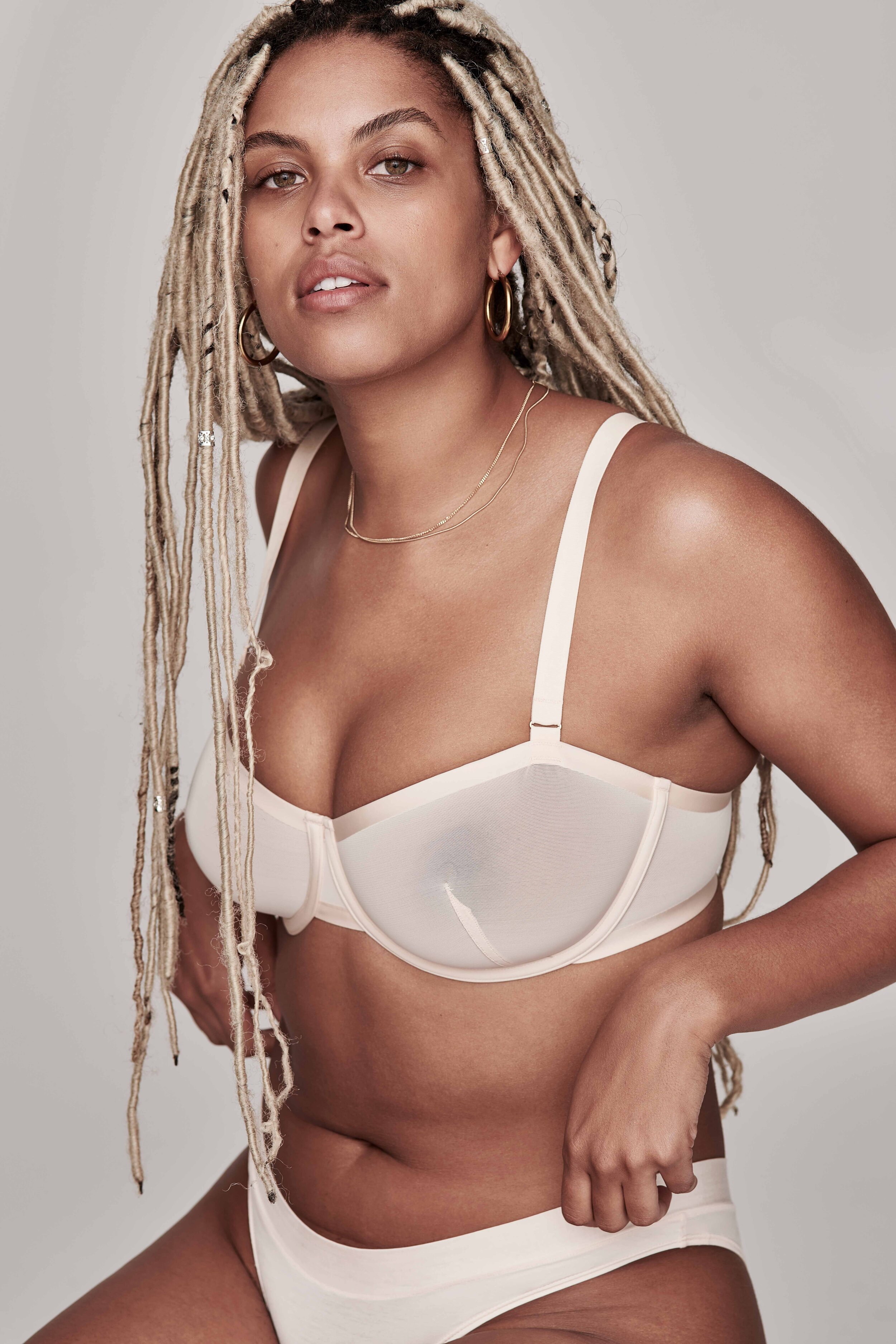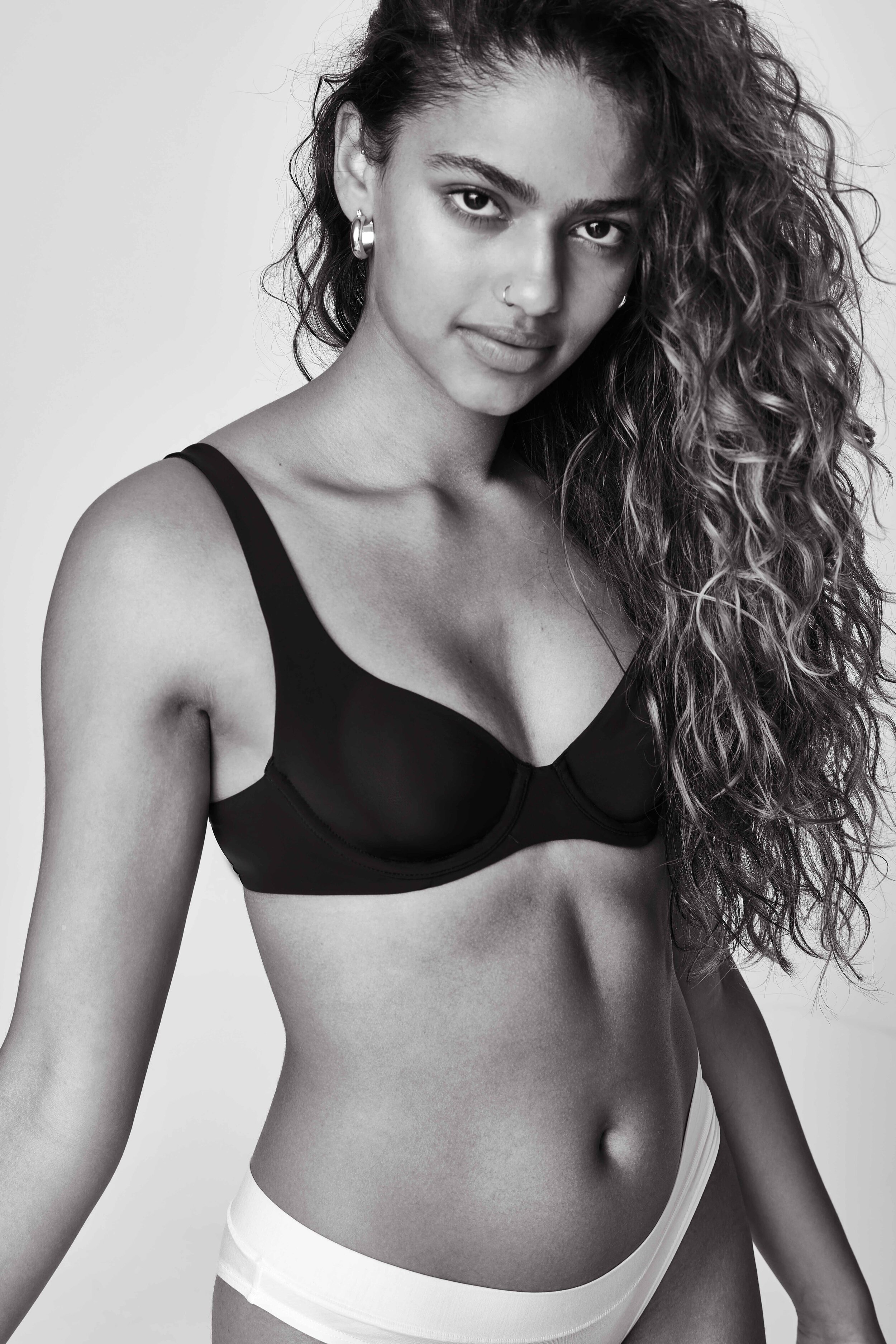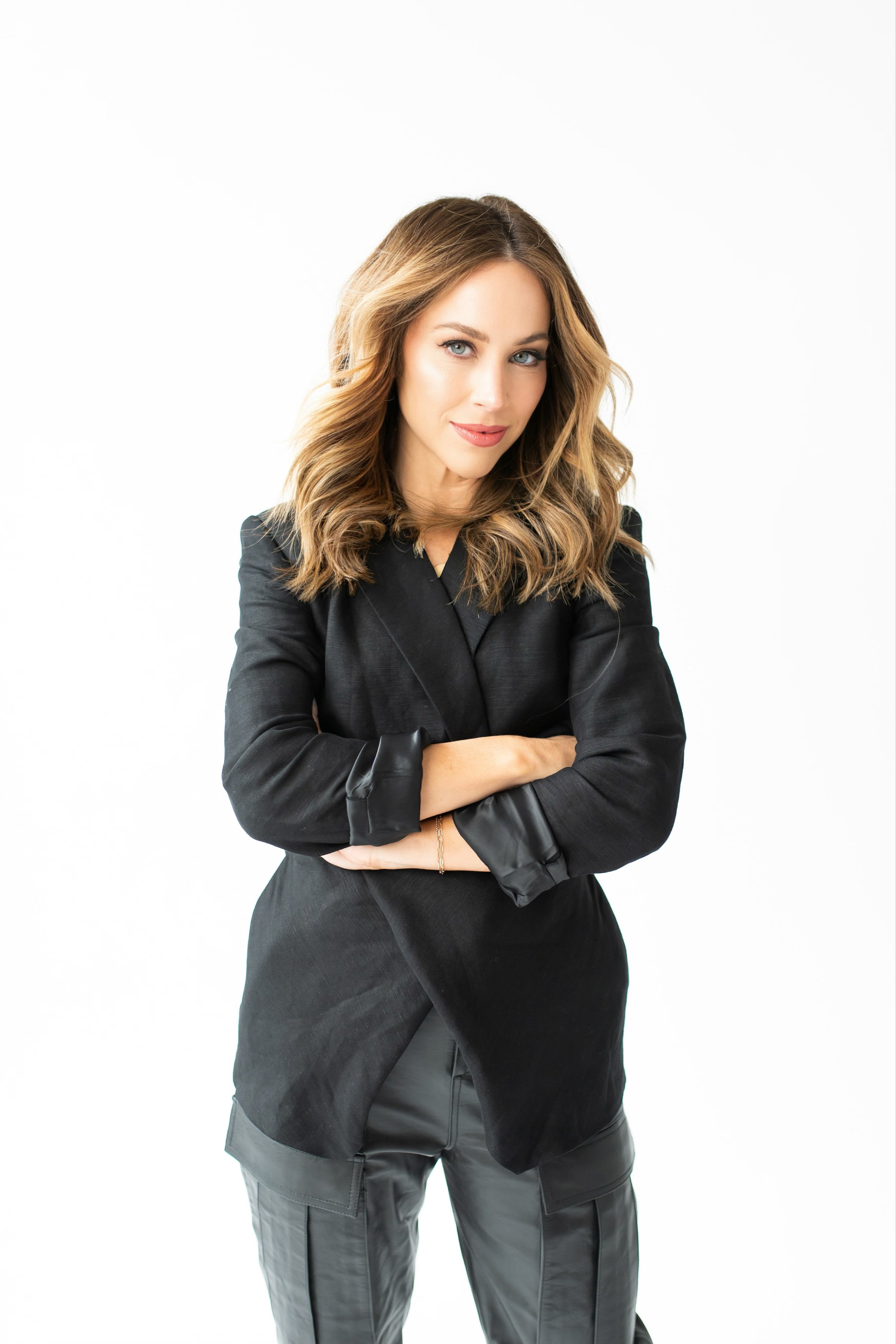You asked for more content around business finances, so we’re delivering. Welcome to Money Matters where we give you an inside look at the pocketbooks of CEOs and entrepreneurs. In this series, you’ll learn what successful women in business spend on offices spaces and employee salaries, how they knew it was time to hire someone to manage their finances, and their best advice for talking about money.
CUUP Co-Founder and CMO Abby Morgan promote comfort, support, and style through her all-inclusive intimates brand.
Photo: Courtesy of CUUP
“Boobs are complicated.” This is the first line of CUUP’s online mission statement. Anyone who has gone bra shopping most likely has a story or two that supports the truth behind this statement. Boobs come in all shapes and sizes, and CUUP co-founder and CMO Abby Morgan couldn’t comprehend how the companies within the bra industry, on average, market only 17 standard bra sizes.
Determined to promote inclusivity within the lingerie industry, Morgan co-founded CUUP, a company that takes a different approach to bras. Morgan and her team took a hands-on approach in creating their products, conducting over 80 fittings to ensure that their bras looked and felt great in every size.
Now, after two years of product research and refinement, CUUP is finally on the market and already taking the intimates world by storm. We had the pleasure of getting to pick Morgan’s brain, and learned about the financial responsibilities that come with making change in a major industry.
Where do you think is the most important area for a business owner to focus their financial energy?
“This really depends on where you are in the business, but I think the two most important places to focus are on your product and investing in talented people. For newer companies like CUUP (we are almost one year old) we know we needed to come to market with a completely unique product that delivers on quality, which presents a solution to the problem we were aiming to solve.
We set out with a lofty goal, to make a bra that looks great, supports and, really functions on fit across all 40 sizes consistently. In order to create an authentic brand narrative that consumers could connect with and achieve our goals from a product perspective, we had to hire a team that are self-starters and experts in each of their domains. Whether that’s our extremely talented art director or strategic head of growth.”
What was your first big expense as a business owner?
“Product development and investing in inventory. We have a very limited number of styles and that was intentional so we can offer the breadth in our 40 sizes. Most companies offer 12 to 18 so this was a concerted decision as it is the cornerstone of our brand mission: to try to offer as many sizes to support as many women as we can.”
How did you decide what to pay yourself?
“Whatever we can afford. Kidding aside, we try to look at what’s best for the company, prioritize all of that first (product and team and resources the team needs to hit goals) and then we look at what we have left.”
“I think [women] have a difficulty talking about money from a cultural perception, but if we were able to support each other more and realize that it’s a commodity for our most valuable resource—our time—we’d start to chip away faster at the gender gap and make the workplace more balanced. ”
How did you decide what to pay employees?
“We look at market value and experience and try to pay as close to that as we can.”
What are your top three largest expenses every month?
“I oversee brand and marketing so I’m not as well versed in this however I think it is our team, product, and how to best market to new customers.”
How much are you saving? When did you start being able to save some of your income?
“It really depends monthly on my savings, but I started to save at a young age with my first job. It wasn’t easy living in L.A. on an entry-level salary, but I was able to make it feasible. I would eat on a budget at Trader Joe’s, live with multiple roommates, etc. to ensure that I was making savings a priority.”
What apps or software are you using for finances? How did you decide when to hire a financial advisor (if you have one)?
“I use Mint to help me track and I’m trying to use QuickBooks, but I’m rather bad at it. It’s definitely a goal for 2020. I try to use different credit cards to track personal vs. business expenses and don’t have a financial advisor as of now, but it’s also a 2020 goal.”
Do you wish you’d done anything differently in your financial journey as a business owner?
“I feel pretty confident about the decisions we’ve made, but mostly because we all had prior experience at large companies and small, so collectively we were able to make sound decisions about our financial journey so far.”
Why should women talk about money?
“I could talk about this topic forever. Over the last 15 years, women have made on average about half as much as men despite holding more degrees and making up half the workforce. As women, we are more likely to get emotionally involved in what we do especially if you are early on building a company. This sometimes gets taken advantage of and we are less likely to look at market value for our position and fight for it.
“I think we have a difficulty talking about money from a cultural perception, but if we were able to support each other more and realize that it’s a commodity for our most valuable resource—our time—we’d start to chip away faster at the gender gap and make the workplace more balanced.”
Do you have a financial mentor?
“I do and they are really helpful. I have a team of friends, peers, a family that I discuss financial planning with and it’s been very helpful.”
What is your best piece of financial/money advice for new entrepreneurs?
“Build sustainably and focus on growth but only if you have a good way to capture it and build your own audience. Also, make sure you properly plan to have the capital to fund the demand you generate from an inventory perspective. There are so many companies that will invest in acquisition marketing, but not have the inventory on hand to fulfill the demands.”
What was the biggest money lesson you learned since starting your company?
“To invest early on in your key people. Loyalty is everything and you want to make sure your employees feel valued, compensated for their contribution, and that they are passionate about what they are working on.”

















Missed out on Gina Bianchini’s incredible session from our Offsite? No worries! We’re sharing her insights on building a thriving community that feels like a real network, not just an audience.